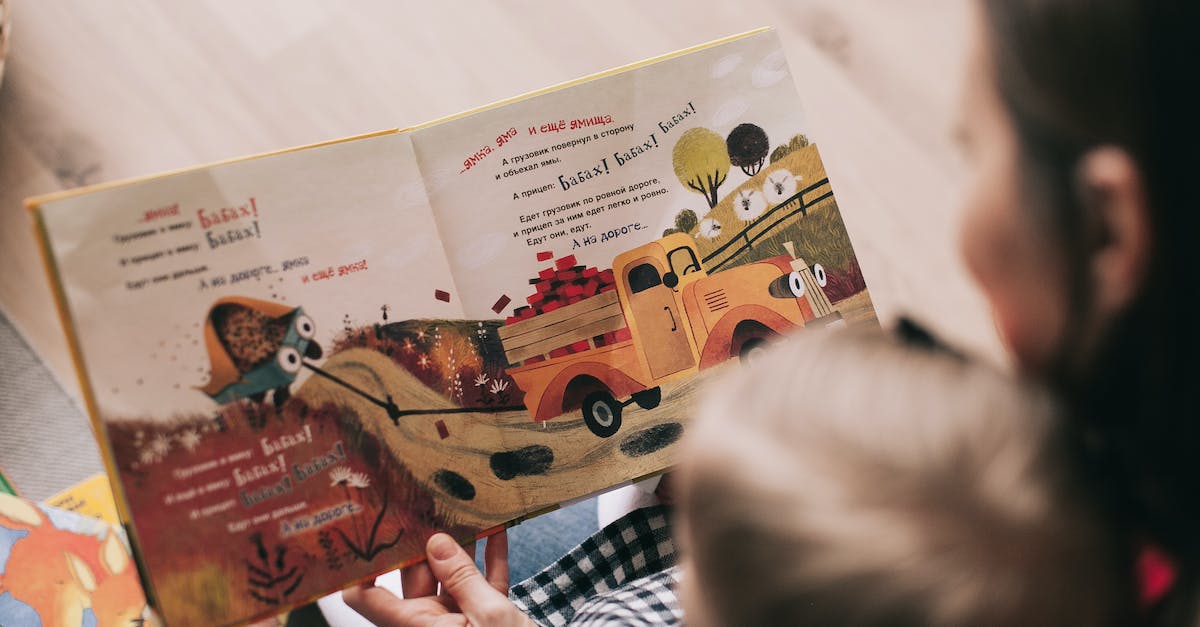Hey there, fellow parents! Are you looking for a fun and creative way to spend some quality time with your kids? Well, look no further than the wonderful world of arts and crafts! Crafting with your little ones is a great way to bond with them, unleash their creativity, and keep them entertained for hours on end.
Now, I know what you’re thinking: “But I’m not artistic!” Fear not, parents! You don’t need to be a professional artist to enjoy the benefits of creating alongside your kiddos. In fact, some of the most beautiful and unique creations come from the minds of children.
From painting and drawing to sculpting and beading, there’s an endless array of crafts to explore. And the best part? You don’t need a lot of fancy supplies or equipment to get started. All you need is some imagination, a few basic materials, and a willingness to get a little messy.
So, grab some construction paper, glue, markers, and glitter – it’s time to get crafty with your kids! And who knows, you might just discover a new passion and talent that you never knew you had. Happy creating!
Choosing the Right Supplies for Arts and Crafts with Kids

When it comes to arts and crafts with kids, choosing the right supplies is key to ensuring a successful and enjoyable experience for all involved. Here are some tips and considerations to keep in mind:
- Choose age-appropriate supplies: Make sure to select supplies that are appropriate for your child’s age and skill level. For example, younger children may do better with larger crayons or markers, while older children can handle finer brushes and more intricate materials.
- Consider safety: Always prioritize safety when selecting supplies. Look for non-toxic and washable options, and make sure that scissors and other potentially dangerous tools are used under adult supervision.
- Think about affordability: Craft supplies can quickly add up in cost, so consider budget-friendly options. Many everyday household items can double as craft supplies, such as recycled cardboard boxes, old magazines, and paper towel rolls.
- Offer a variety of materials: Providing a range of different supplies can encourage creativity and keep kids engaged. Consider including items such as colored pom poms, glitter glue, pipe cleaners, and foam shapes.
- Don’t forget the basics: Make sure to have staple supplies on hand, such as glue, scissors, and paper. These items can form the foundation for a whole range of different crafts.
By keeping these tips in mind, you can ensure that your kids have a fun and successful time doing arts and crafts. Happy creating!
Setting Up Your Space for a Successful Crafting Session

Ah, arts and crafts with kids. It can be a messy and chaotic experience, but it’s also a great way to bond with your little ones and encourage their creativity. One of the keys to a successful crafting session is setting up a space that is conducive to creativity and safety. Here are some tips on how to do just that:
- Keep it organized: Before you start crafting, make sure all the materials are organized and easily accessible. This will prevent delays and distractions during the activity. You can use bins, jars, or trays to organize your supplies, and label them if necessary.
- Cover the workspace: Use a large plastic tablecloth, newspaper, or even old bedsheets to cover the table or floor where you’ll be crafting. This will protect your surfaces from paint, glue, and any other materials that could stain or damage them. Taping the edges down with masking tape will ensure that the cover doesn’t shift around during the crafting session.
- Set up a cleaning station: Accidents happen, and when they do, it’s important to have a cleaning station set up nearby. You can keep a roll of paper towels, wet wipes, or a damp sponge at hand to quickly clean up any spills or messes. Additionally, a small trash bin or bag can help keep the workspace clutter-free.
- Choose appropriate lighting: Depending on the type of crafting activity you’re doing, you may need to consider lighting. Good lighting can help reduce eye strain and ensure that your kids can see what they’re doing. If you’re working on small details, a portable task light will be helpful. If natural lighting is limited, consider using an overhead light or a lamp with a bright bulb.
- Adjust the seating: Make sure your kids are sitting in comfortable and safe positions. You can choose chairs or floor cushions that are the right size for their age and height. If you’re working on a high table or counter, you may need to use a stool or a step to ensure they can reach comfortably. And always remind them of safety measures like staying seated and keeping their feet on the floor.
With these tips, you can create a fun and safe space for your kids to explore their creativity. Happy crafting!
Preparing for Messes: Tips to Keep Your Crafting Area Clean

- Lay down newspaper or a drop cloth: This will make it easier to clean up any spills or messes that may occur during the crafting process.
- Use washable materials: Choose materials, such as washable markers and paints, that can be easily cleaned up with soap and water.
- Have a designated clean-up station: Set up a designated area where your child can clean up their materials and wash their hands after finishing their craft.
- Invest in a crafting apron: An apron will not only protect your child’s clothing, but it can also make them feel like a true artist!
- Teach your child to be mindful of the mess: Encourage your child to clean up spills or messes as soon as they happen, so they don’t get out of control.
- Make it a team effort: Involve your child in the cleaning process by making it a fun “game” where you work together to tidy up the crafting area.
By preparing for messes ahead of time, you can ensure that your crafting experience with your child is as stress-free and enjoyable as possible!
Encouraging Creativity: Fun and Engaging Craft Ideas for Kids

- Repurposing materials: Teach your kids to look at everyday items in a new light, inspiring them to create something new out of something old. For example, turn cardboard boxes into forts or use bottle caps to make a mosaic.
- Open-ended projects: Instead of providing step-by-step instructions, give your child a bunch of materials and let them come up with their own creation. This allows for more creative freedom and fosters independence.
- Nature-inspired crafts: Take a walk outside and look for materials like leaves, rocks, and sticks to use in crafts. These natural items can inspire beautiful and unique works of art.
- Collaborative projects: Bring the family together to work on a project, like creating a family tree or making a large-scale painting. This encourages teamwork and bonding, while also creating a beautiful and meaningful finished product.
Remember, the most important thing is to have fun and let your child’s imagination run wild! Crafting allows for endless possibilities and provides a wonderful opportunity for kids to express themselves creatively.
Helping Kids Bring their Vision to Life: Tips for Guiding their Creativity

- Encourage experimentation: Provide a variety of materials for your child to work with and encourage them to experiment to see what works best for them. This will help them to develop their creativity and problem-solving skills.
- Provide guidance but not instructions: Rather than telling your child what to create, guide them with questions or suggestions that will help them to think about different possibilities. For example, instead of saying “make a birdhouse,” you could ask “what kind of animals do you like? Would you like to make a home for one of them?”
- Praise the process, not just the product: Instead of only acknowledging the final product, praise your child for their hard work, creativity, and willingness to try new things. This will encourage them to continue to enjoy the process of creating and being creative in other areas of their life as well.
- Be patient: Remember that creativity takes time and that your child may be experimenting or trying new things that don’t work. Be patient and allow your child to work at their own pace.
- Make it fun: Above all, make sure that creating art is fun for your child. Encourage them to express themselves and enjoy the process, rather than worrying about the outcome. Play music, share snacks, and have fun together while creating!
Wrapping Up Your Crafting Session: Storing Supplies and Displaying Masterpieces

- Organize your supplies: Before packing away your supplies, make sure they are stored in an organized manner. This will save you time and frustration when you want to craft again. Use storage containers, such as bins or drawer inserts, to keep everything tidy and easily accessible.
- Clean up: It’s important to clean up your work area before storing your supplies. Wipe down surfaces, sweep or vacuum the floor, and throw away any scraps or garbage. This will ensure that your space is clean and ready for your next crafting session.
- Label your supplies: If you have multiple storage containers or drawers, labeling them will help you keep track of what’s inside. This is especially helpful if you have multiple types of supplies or if you’re sharing your crafting space with others.
- Create a display area: Once you’re finished crafting, display your child’s masterpiece in a prominent area. This will not only make your child feel proud of their work, but it will also inspire them to continue creating. You can use a bulletin board, picture frame, or string and clothespins to create a display.
- Use a portfolio: If you have limited display space, consider using a portfolio to store and showcase your child’s artwork. This also makes it easy to transport and share your child’s work with family and friends.
- Donate or repurpose: If you have excess supplies or finished projects, consider donating them to a school or community center. Alternatively, you can repurpose materials into a new project or use them for household organization or decoration.
Conclusion
And there you have it, folks! A comprehensive guide on how to make arts and crafts with your little ones. I hope you’ve enjoyed this article as much as I’ve enjoyed writing it. Remember, the key to making arts and crafts with kids is to keep things fun and engaging! Let your child’s creativity shine through, even if that means getting a little messy. Embrace the glue, the glitter, the paint, and the construction paper.
I know what you’re thinking, “but what if I’m not crafty?” Fear not, my friends! Arts and crafts are all about creativity, not perfection. So put on some music, grab a snack, and let your inner child come out to play with your actual child.
My personal favorite part about making arts and crafts with my kids is the memories we create together. Those silly moments of laughter and the sense of accomplishment when our completed art project sits on the fridge for all to see. So, take a break from the screens and spend some quality time with your little ones. You won’t regret it. Happy crafting!




